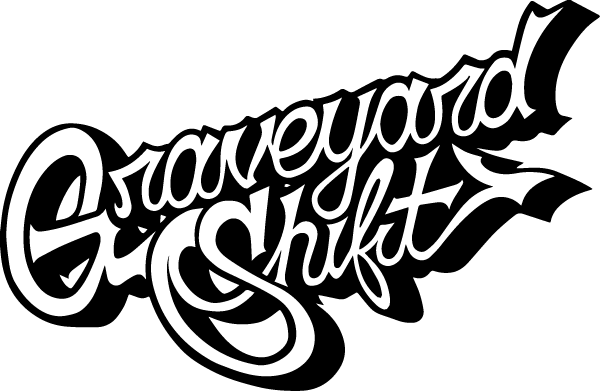The Dark Side of Counterfeit Fashion During the Olympics
The Olympics is a prestigious event that brings athletes from around the globe to compete at the highest levels of sport. However, beneath the celebration of human achievement, there lurks a sinister issue that often goes unnoticed: counterfeit fashion. During the Olympics, the problem of counterfeit goods magnifies, affecting not only the fashion industry but also fans, athletes, and the economy. Let’s delve into the darker side of counterfeit fashion during these global games.
What is Counterfeit Fashion?
Counterfeit fashion refers to the production and distribution of fake or imitation fashion items designed to appear as authentic branded products. These goods are typically made from inferior materials and are sold at a fraction of the cost of genuine items. The proliferation of counterfeit fashion items is a significant issue year-round, but it becomes especially problematic during major events like the Olympics.
The Olympic Surge in Counterfeit Fashion
The Olympics is not only a showcase of athletic prowess but also a significant marketing opportunity for fashion brands. Fans want to wear apparel that represents their favorite countries or athletes, and counterfeiters exploit this fervor to sell fake goods. Some key factors contribute to the rise of counterfeit fashion during the Olympics:
- High Demand: The desire to own Olympic-branded merchandise is immense, and counterfeiters take advantage of this demand.
- Limited Edition Items: Official merchandise is often sold in limited quantities, increasing the temptation to buy cheaper knock-offs.
- Online Marketplaces: The internet provides an easy and relatively anonymous platform for counterfeiters to sell their fake products.
- Lax Enforcement: During the busy Olympic period, enforcement agencies may struggle to keep up with the surge in counterfeit activities.
Impact on the Fashion Industry
Counterfeit fashion has a devastating effect on the fashion industry:
Economic Losses
The sale of counterfeit goods results in significant economic losses for legitimate businesses. Brands invest heavily in marketing, quality control, and design to create products that consumers want. When counterfeiters sell inferior replicas, it reduces the legitimate brand's market share and profits.
Brand Reputation
Counterfeit products are typically of lower quality, reflecting poorly on the brands they imitate. Consumers who unwittingly purchase fake items may associate the poor quality with the original brand, damaging its reputation and leading to a loss of consumer trust.
Health and Safety Risks
It’s not just economic damage that counterfeit fashion causes. There are also serious health and safety risks involved:
- Toxic Materials: Counterfeiters often use substandard materials that haven’t been subjected to safety tests, potentially containing harmful chemicals.
- Poor Craftsmanship: Inadequate manufacturing processes can result in items that are structurally unsafe, such as poorly constructed shoes that could lead to injuries.
- Allergic Reactions: Sensitive individuals might experience reactions to the unapproved dyes and materials used in counterfeit clothing.
Impact on Athletes
The proliferation of counterfeit apparel can also directly affect athletes:
Loss of Sponsorship Revenue
Many athletes rely heavily on sponsorship deals with fashion brands. Counterfeit goods dilute the market, reducing the value of these sponsorships and potentially leading to a decrease in financial support for athletes.
Brand Misrepresentation
Athletes are often brand ambassadors and are expected to wear and promote the products of their sponsors. If their fans are purchasing counterfeit goods, the athletes' representation of the brand is compromised, which can lead to strained relationships with sponsors.
Steps to Combat Counterfeit Fashion
Tackling the issue of counterfeit fashion requires a multi-faceted approach:
Consumer Awareness
Consumers need to be informed about the risks and consequences of purchasing counterfeit items. Awareness campaigns can educate the public on how to identify genuine products and the importance of supporting legitimate brands.
Enhanced Enforcement
Authorities must increase their efforts in monitoring and cracking down on counterfeit fashion, especially during major events like the Olympics. This includes strengthening border controls and working with online marketplaces to identify and remove listings for fake goods.
Brand Initiatives
Fashion brands themselves can take measures to combat counterfeiting. This might involve:
- Innovative Anti-Counterfeit Technology: Utilizing technologies like RFID tags, holograms, and QR codes that are difficult for counterfeiters to replicate.
- Legal Action: Actively pursuing legal action against counterfeiters to deter future attempts.
- Collaboration: Working together with other brands and law enforcement agencies to address the counterfeit issue collectively.
Conclusion
The world of sports and fashion collide spectacularly during the Olympics, creating a prime target for counterfeiters looking to capitalize on the event. As fans, athletes, industry stakeholders, and authorities rally together, it's essential to acknowledge and address the profound impact of counterfeit fashion. Through consumer education, enhanced enforcement, and proactive brand measures, we can begin to mitigate the dark influence of counterfeit goods, ensuring the spirit of the Olympics remains untainted.
Stay informed, support legitimate brands, and celebrate the Olympic spirit with genuine merchandise. Together, we can combat the menace of counterfeit fashion.

